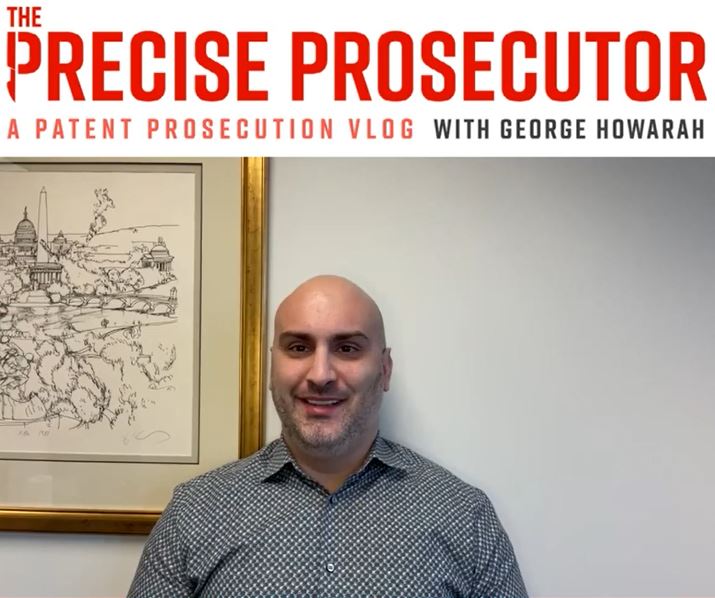Unlocking the Potential of AFCP 2.0: A Game-Changer in Patent Prosecution
In the intricate dance of patent prosecution, making the right moves after receiving a Final Office Action (FOA) from the USPTO is paramount. In this week’s The Precise George Howarah sheds light on a strategic tool that is transforming the landscape for applicants and attorneys: the After Final Consideration Pilot 2.0 (AFCP 2.0).
The Turning Point: Beyond Traditional Responses
Traditionally, the response to an FOA often leads down the path of filing a Request for Continued Examination (RCE). However, this route can be both time-consuming and costly, potentially slowing down the journey to patent issuance. George introduces AFCP 2.0 as a compelling alternative, aiming to streamline the prosecution process with a more nuanced approach.
Delving Into AFCP 2.0
AFCP 2.0 emerges as a beacon of efficiency, offering a pathway to advance prosecution without the need for an RCE. The program allows for the consideration of a response to an FOA that includes a non-broadening amendment to at least one independent claim. This key provision paves the way for a more dynamic interaction between applicants and the USPTO.
The USPTO allocates additional time under AFCP 2.0 for examiners to review applications, creating an environment conducive to thorough evaluation and discussion. The goal? To reach an allowance or to facilitate a productive dialogue through an interview with the applicant, addressing any hurdles that stand in the way.
Why AFCP 2.0 Matters
George emphasizes several advantages of AFCP 2.0 that make it an invaluable tool in the patent prosecution toolkit:
- Speed: By potentially bypassing the RCE cycle, AFCP 2.0 can significantly reduce the time to patent issuance.
- Cost Effectiveness: The program is free to use, offering a budget-friendly option for advancing prosecution.
- Enhanced Engagement: The opportunity for an examiner interview under AFCP 2.0 is a strategic advantage, allowing for direct negotiation and clarification, thereby enhancing the prospects of allowance.
Strategic Application of AFCP 2.0
Despite its benefits, George notes the importance of meeting AFCP 2.0’s specific criteria to qualify for the program. Examiners have sole discretion in this regard, making it essential for applicants to craft their responses carefully.
In practice, George recommends always exploring the possibility of AFCP 2.0 when crafting a response to an FOA, especially when it involves a non-broadening amendment to an independent claim. This approach not only leverages the program’s benefits but also offers a proactive stance in navigating the prosecution process.
A Paradigm Shift in Prosecution Strategy
George’s insight into AFCP 2.0 heralds a shift towards a more efficient, cost-effective, and interactive patent prosecution process. As the legal landscape continues to evolve, embracing such innovative programs will be key to navigating the complexities of securing patent rights successfully.
In a world where time is of the essence, and every detail matters, AFCP 2.0 stands out as a pivotal tool, reshaping the strategy behind patent prosecution. George’s advocacy for its use underscores its potential to significantly impact how we approach the final stages of patent application.
Want more Precise Prosecutor? Check out other videos with George Howarah here!

